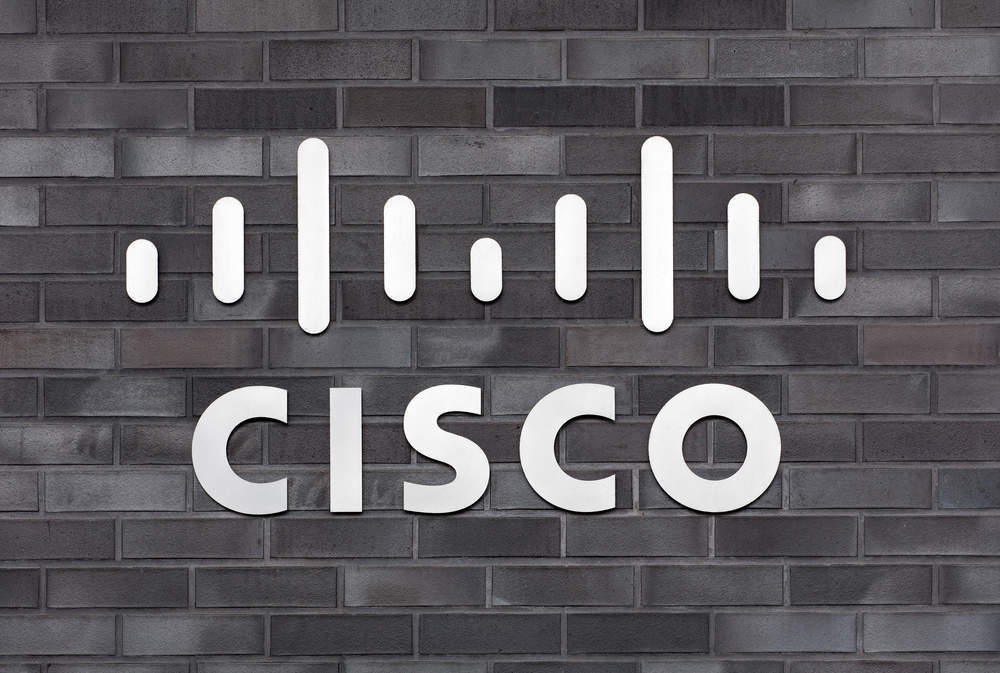There’s no doubt that security remains one of the biggest strategic and tactical concerns for every enterprise. It’s only natural, then, that Cisco would move to dominate the space.
The biggest challenges to its leading position, however, come from within.
It’s not surprising that cybersecurity remains top of mind for enterprises – small and large.
Consider a recent British Chamber of Commerce survey revealing that 42 percent of companies with more than 100 employees had been a victim of attack… but that only 24 percent of businesses across the country had cyber security accreditation in place.
Or, look to the GSMA’s recent Mobile World Live survey where security was called out as the number one issue facing the mobile industry.
To be sure, there’s no shortage of evidence that security dominates the thinking of nearly everyone across the communications and IT landscapes… and not in a good way.
How well do you really know your competitors?
Access the most comprehensive Company Profiles on the market, powered by GlobalData. Save hours of research. Gain competitive edge.

Thank you!
Your download email will arrive shortly
Not ready to buy yet? Download a free sample
We are confident about the unique quality of our Company Profiles. However, we want you to make the most beneficial decision for your business, so we offer a free sample that you can download by submitting the below form
By GlobalDataIt only makes sense, then, that a leading IT infrastructure vendor like Cisco would move to focus intently on building its security brand and delivering (profiting from) credible security solutions.
This is, of course, exactly what Cisco has done, leveraging its massive installed base of networking devices, a vast partner ecosystem, homegrown innovations, a stated goal of 10 percent — 15 percent security revenue growth, and, as per Global Data’s assessment of Cisco in the enterprise security business, a networking “architecture that bakes security in everywhere from the endpoint through the network and out to the cloud”.
Much in the same way Cisco worked to associate its brand with IoT several years back, it’s been diligently focused on security more recently – arguably with a more concrete set of products, solutions and results.
Of course, aggressive marketing, security-focused acquisitions, new product and services aren’t enough to ensure long-term success. And, on the security front, Cisco looks to be its own worst enemy.
To be sure, Cisco’s networking business, the size of which dwarfs its security division, drives the perception that security is just an upsell to larger networking deals, much in the same way Cisco did with IoT.
A bigger issue is that, with a broad set of security products and services (some brought on via acquisition), Cisco struggles to battle the perception that its portfolio lacks a consistent identity, exacerbated by ongoing product acquisitions and associated integration and management challenges.
In any other market, this perception might be a minor inconvenience. With security competitors like Fortinet,
Check Point, and Palo Alto growing faster than Cisco (and Cisco generally hamstrung by an unwillingness to compete on cost), this perception is something that needs to be fixed.







